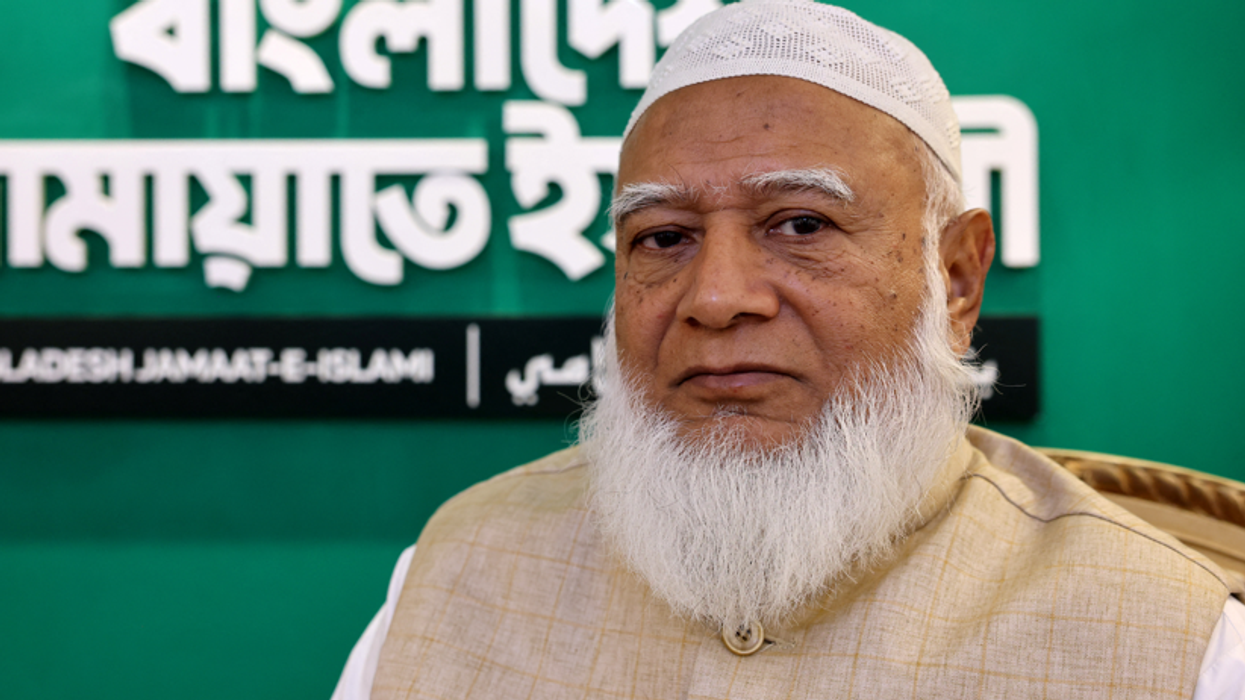An Indian court has ruled that a wife watching pornography and engaging in self-pleasure is not grounds for divorce. The Madras High Court in Tamil Nadu delivered the decision, challenging traditional norms around female sexuality and marriage in India.
The case and appeal
The case arose when a man sought a divorce, accusing his wife of several acts of cruelty, including an addiction to pornography and masturbation. When a lower court rejected his request, he appealed. On Wednesday, the Madras High Court dismissed the appeal, ruling that these behaviours were not sufficient to grant a divorce.
A stand for female sexual autonomy
The ruling is notable in a country where conversations around female sexuality, particularly within marriage, remain taboo. Many women are expected to prioritise their families, with little room for discussions about their own sexual autonomy. The court challenged this, asserting that self-pleasure should not be viewed negatively for women.
In its ruling, the court stated, "Self-pleasure is not forbidden fruit" and added, "When masturbation among men is acknowledged to be universal, masturbation by women cannot be stigmatised." The court went on to affirm that a woman’s individuality and personal rights remain intact after marriage, stating, "A woman retains her individuality even after getting married, and her fundamental identity as an individual is not subsumed by her spousal status."
Addiction to pornography: A separate issue
While the court dismissed the argument that the wife's actions were grounds for divorce, it acknowledged that pornography addiction is harmful. The court said that while pornography addiction is "bad" and cannot be "morally justified," it is not sufficient grounds for ending a marriage. This distinction reflects the court's effort to balance moral considerations with the legal principles governing marriage.
Divorce in India: A taboo subject
Divorce remains highly stigmatised in India. According to statistics, only one in every 100 marriages ends in divorce, a much lower rate compared to other countries. Many couples, especially women, face cultural and family pressure to stay in unhappy marriages.
India's overburdened court system exacerbates the issue, as divorce petitions can take years or even decades to resolve. This legal delay often forces people to remain trapped in dysfunctional marriages.
A landmark ruling for women's rights
The court’s decision has been hailed as a step forward for women’s rights in India. By affirming that a woman’s sexual autonomy is not forfeited upon marriage, the ruling sets a progressive legal precedent. In a society where female sexuality is often silenced, this ruling recognises that women have the right to their own desires and actions, regardless of their marital status.
Broader implications
Although the ruling addresses a specific case in Tamil Nadu, its implications are likely to have national resonance. It challenges long-standing cultural norms, calling for more open conversations about female sexuality, marriage, and personal autonomy. As discussions on women’s rights evolve, this ruling marks a pivotal moment for gender equality and sexual freedom in India.
The decision may influence similar cases in the future, providing a framework for how courts approach issues of personal autonomy and marriage. It represents a shift towards recognising women’s rights within marriage, while also challenging societal norms that have historically constrained female sexual expression.
For now, the Madras High Court’s decision stands as a key step in advancing gender equality, offering hope for a more progressive and equal legal system.













